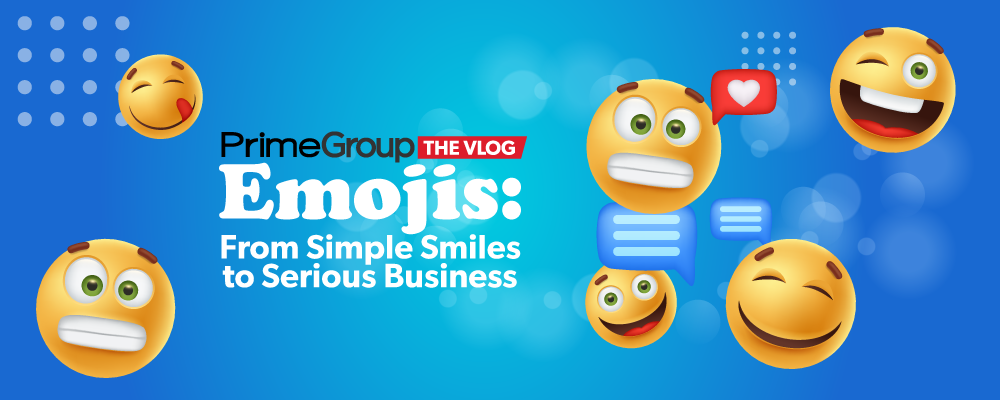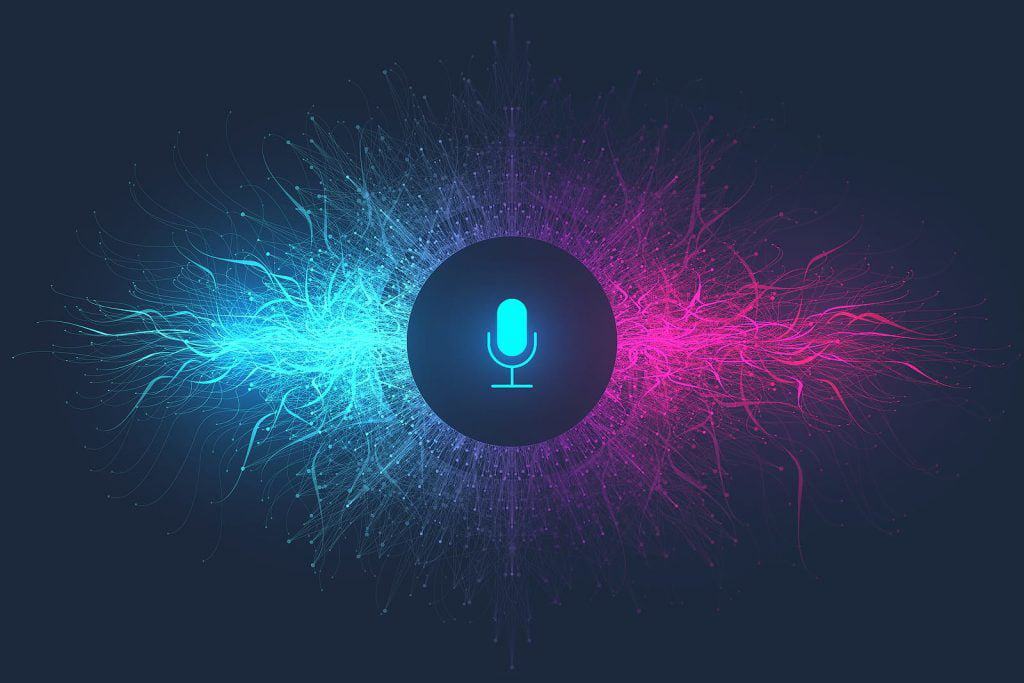Today’s digital age is painted with the colors of tiny and playful symbols we’ve come to know and love as emojis, transforming how we communicate. Originating in Japan, these miniature images have evolved from a modest set of icons to a whopping 3,600+ emojis available on Apple’s iPhones.
Emojis are deceivingly simple. They’re colorful, engaging, and add a lively dimension to our online conversations. But they can also be a minefield of misunderstandings. A single emoji can convey plenty of meanings, depending on who’s viewing it. Let’s dissect the humble smiley face emoji, a seemingly straightforward symbol of happiness or approval. Well, that smiling face emoji, for example, can be seen as a friendly “great job!” by one person, and as sarcastic, patronizing, or rude by another. So sometimes it’s hard to understand what the true meaning of these emojis is. They are open to interpretation, so there is always controversy, and unfortunately, it’s not possible to look them up in the dictionary to figure out. We need the context but that’s not enough in some cases.

Foto de Pixabay: https://www.pexels.com/es-es/foto/dos-emoji-amarillos-en-caja-amarilla-207983/
Anyway, despite their potential for ambigUity, emojis offer an appealing shortcut to expressing our emotions. A simple smiley face can easily replace “I’m happy,” saving time and injecting a dash of fun into our conversations.
However, this convenience might be a double-edged sword. As emojis become a primary mode of expression, we risk losing the nuance and clarity that words offer. This is particularly true considering that a recent Adobe survey revealed that 91% of users believe that emojis positively impact their ability to communicate.

Foto de Kindel Media: https://www.pexels.com/es-es/foto/banco-gente-sentado-mirando-7770566/
Interestingly, emojis aren’t just confined to casual chats anymore. They’ve become regulars in the financial world, as investors increasingly rely on social media and informal channels for discussing stocks and cryptocurrencies. Emojis have become so prevalent that a 2020 study by Truecaller found that over 70% of Americans used emojis to discuss financial matters.
However, this new lingo hasn’t escaped the notice of regulatory bodies. As the Wall Street Journal reports, financial authorities in the US have expressed concerns about the use of emojis in financial communications and are considering monitoring their use in emails and other correspondence. Could we be seeing a world where every ‘rocket’ or ‘money bag’ emoji is scrutinized? The day might not be far when our phone prompt us to sign disclaimers for our emoji use!
So, are emojis more trouble than they’re worth? Well, this is not that straightforward. Emojis are just another tool in our communication arsenal. They can make our interactions more enjoyable and visually appealing, but they also come with challenges. The key lies in using them with common sense, considering their potential for misinterpretation.
In conclusion, emojis have firmly integrated themselves into our digital interactions. They’ve brought color and dynamism to our otherwise monotone text messages. But their use in more serious contexts like finance also highlights the need for clearer guidelines and understanding. The next time you want to use an emoji, think about its potential interpretations. And remember, even though a picture might be worth a thousand words, sometimes the right words are priceless.


